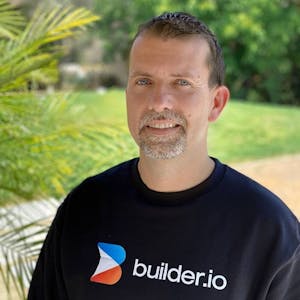So now we have to check that, how much is things are done in the OpenTelemetry world with respect to JavaScript, right? So with respect to the signals, the tracing is pretty much stable. You know, the metrics are stable. However, the logs are not fully stable. I would say some parts are still left. Some there is a great amount of work which is done by the community itself within the, you know, you can always, you are always welcome to check out our GitHub repository around there and work around with these things, right?
So there's also one thing which I want to share with you. It's called the specification compliance. So you if you want to check that, hey, but you are, you know, like you're particular if you want to use something like, you know, get a trace ID with a schema URL, whether it's provided in the, whether it's available within the GIS until now, you can definitely go and check out. There are a whole lot of things. The link is here. You can go and check out which features are in, you know, like actively has been produced from the community and which are still in progress, right?
Now talking about the client side of thing, which is talk about the front end of the client side of things, right? So let's talk about it. Right. A lot of things are in still experimental phase. I would say the core OpenTelemetry.js repository does not fully have a full grown standard with respect to the OpenTelemetry client instrument set of thing. But I would say there's a whole lot of thing going in the OpenTelemetry.js contrib repository. You can see a lot of things happening with it. People from across the world are deciding that how you can, you know, I would say understand, analyze and standardize the flow of data from the front end and capture it, store it and then correlate it and then correlate it and then correlate it with the back end side of things. So there's a whole lot of thing. I would say you are definitely welcome to see how the things look around it. Also, this is a snapshot from the latest thing that what are the works which have been doing in the OpenTelemetry world? So it's like, I would say, there are things which have been done like storing session data on resources, implementation of a page view, event instrument, you know, everything out there. Event and logs API have been made stable on there. Then, you know, everything. However, one thing is very important, I would say. Work in progress is the core of web vital plugins. You know, few works have been pretty much, I would say, is in the progress. It's huge. It's huge. So the vision is clear that we will make OpenTelemetry a place where you can, it's capable of, you know, like analyzing, getting the data, work on that. We will get an end to end visibility from your front end to the back end. There's also what is called OpenTelemetry real user monitoring, I would say. You can go and check out it's pretty good.

















Comments